
CTV
Featured Show:
Lorne Greene's New Wilderness
Lorne Greene's New Wilderness was a Canadian television nature documentary series starting in 1982 starring Lorne Greene. The series initially aired on CTV but was later widely syndicated. It was a followup to an earlier, similar 1970s documentary series entitled Untamed World. It is a multiple award-winning wildlife program, number one in its time slot for five years running, and provides stunning photography coupled with a genuine feeling for the subject matter. There are 104 episodes in the series, each 30 minutes long.
CTV TV Shows
169 shows • Page 6 of 9
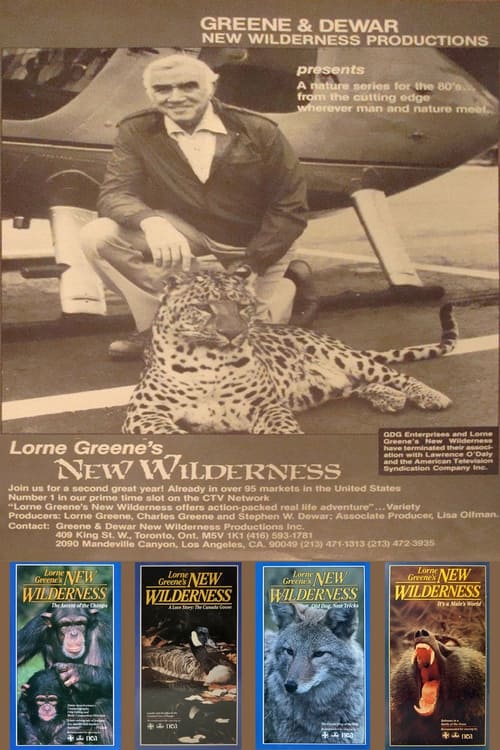 0
0Lorne Greene's New Wilderness
Lorne Greene's New Wilderness was a Canadian television nature documentary series starting in 1982 starring Lorne Greene. The series initially aired on CTV but was later widely syndicated. It was a followup to an earlier, similar 1970s documentary series entitled Untamed World. It is a multiple award-winning wildlife program, number one in its time slot for five years running, and provides stunning photography coupled with a genuine feeling for the subject matter. There are 104 episodes in the series, each 30 minutes long.
 0
0Canadian Country Music Awards
Each year since 1982, the Canadian Country Music Association (CCMA) honours its members who have excelled during the past year, with a Canadian Country Music Association Award.
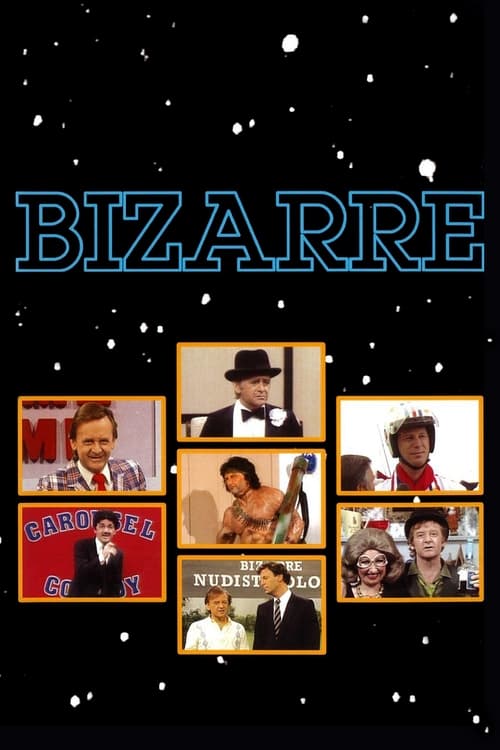
Bizarre
A half hour, politically incorrect sketch comedy show that showcased the talents of veteran performers John Byner and Bob Einstein as Super Dave Osbourne.
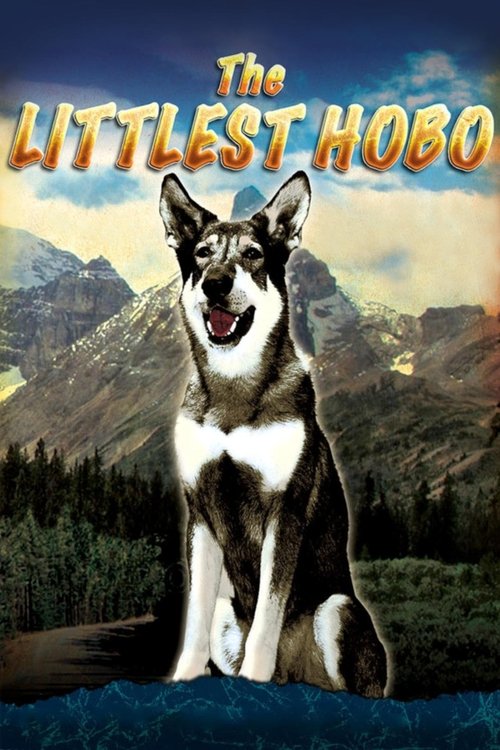
The Littlest Hobo
The Littlest Hobo is a Canadian television series based upon a 1958 American film of the same name directed by Charles R. Rondeau. The series first aired from 1963 to 1965 in syndication, spanning six seasons and was revived for a popular second run on CTV from October 11, 1979 to March 7, 1985. It starred an ownerless dog. All three productions revolved around a stray German Shepherd, the titular Hobo, who wanders from town to town, helping people in need. Although the concept was perhaps similar to that of Lassie, the Littlest Hobo's destiny was to befriend those who apparently needed help. Despite the attempts of the many people whom he helped to adopt him, he appeared to prefer to be on his own, and would head off by himself at the end of each episode. Never actually named on-screen, the dog is often referred to by the name Hobo or by the names given by temporary human companions. Hobo's background is also unexplained on-screen. His origins, motivation and ultimate destination are also never explained. Although some characters appeared in more than one episode, the only constant was the Littlest Hobo himself.
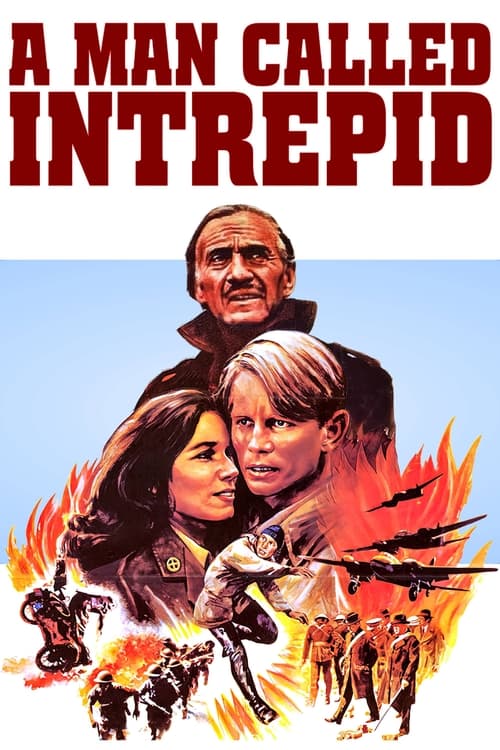 0
0A Man Called Intrepid
During World War II, a wealthy Canadian uses his own money to help the Allies form an espionage network.
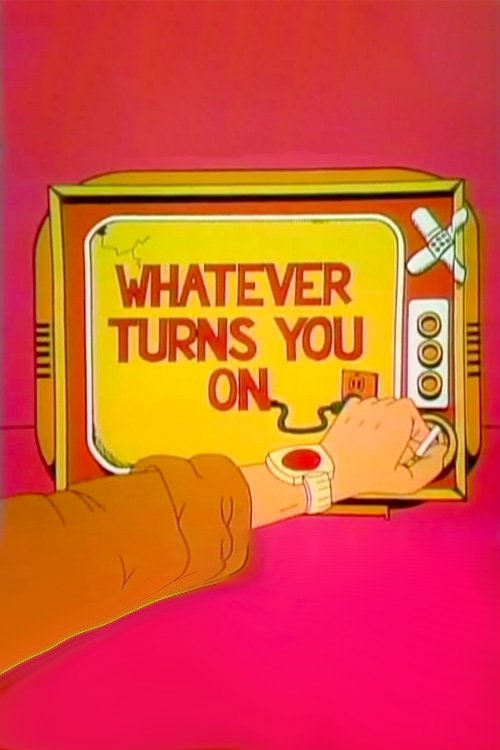 0
0Whatever Turns You On
A kid-based sketch comedy, aimed at 9-16 year olds. It was a national spinoff of the already popular local show You Can't Do That on Television (YCDTOTV), which had debuted a few months earlier. Whatever Turns You On (WTYO) featured seven of the 22 kids used on the first season of YCDTOTV and was shot on the same sets. Essentially they were the same show, only WTYO had comedy and musical guests, and YCDTOTV had those plus local, call-in features, and local contests. Unfortunately, WTYO did not earn high network ratings and was cancelled after only one season. After WTYO's cancellation, YCDTOTV returned to it's local, live format in January, 1981.
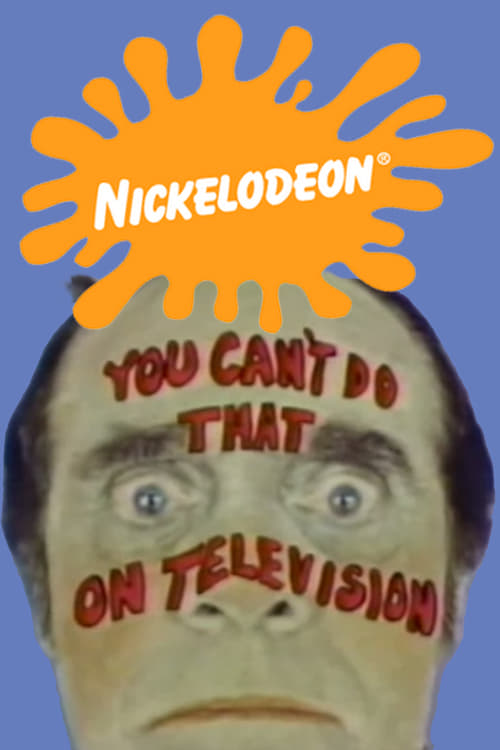
You Can't Do That on Television
You Can't Do That on Television is a Canadian television program that first aired locally in 1979 before airing internationally in 1981. It featured pre-teen and teenaged actors in a sketch comedy format. Each episode had a theme. The show was notable for launching the careers of many performers, including Alanis Morissette, and writer Bill Prady, who would write and produce shows like The Big Bang Theory, Gilmore Girls and Dharma and Greg. The show was produced by and aired on Ottawa's CTV station CJOH-TV. After production ended in 1990, the show continued in reruns on Nickelodeon through 1994, when it was replaced with the similar All That. The show is synonymous with Nick, and was at that time extremely popular, with the highest ratings overall on the channel. The show is also well known for introducing the network's iconic slime. The program is the subject of the 2004 feature-length documentary, You Can't Do That on Film, directed by David Dillehunt.
 0
0The Bobby Vinton Show
The Bobby Vinton Show was a Canadian musical variety television series produced for the Canadian Television Network between 1975 and 1978, with a total of 52 episodes broadcast. Featuring Bobby Vinton, a best-selling popular music singer since the early 1960s, the series mixed comedy skits with musical interludes.
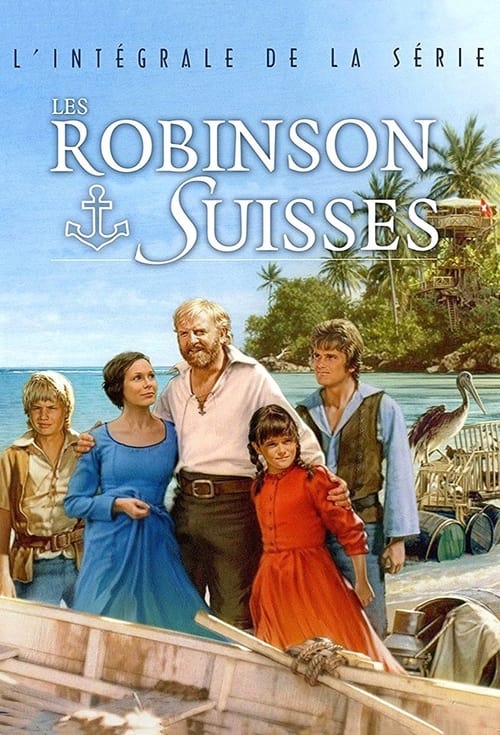
Swiss Family Robinson
Swiss Family Robinson is a 1974-1975 Canadian television drama series, based on Johann David Wyss' novel The Swiss Family Robinson. The series consisted of 26 30-minute episodes, and diverged somewhat from the original novel. Only one season was produced, due to the development of a Swiss Family Robinson series in 1975 by ABC in the United States. This situation precluded sales of the Canadian series to the lucrative American market. Reruns, however, continued to be syndicated in Canada for many years, with stations often scheduling the program as part of their Saturday morning line-up.
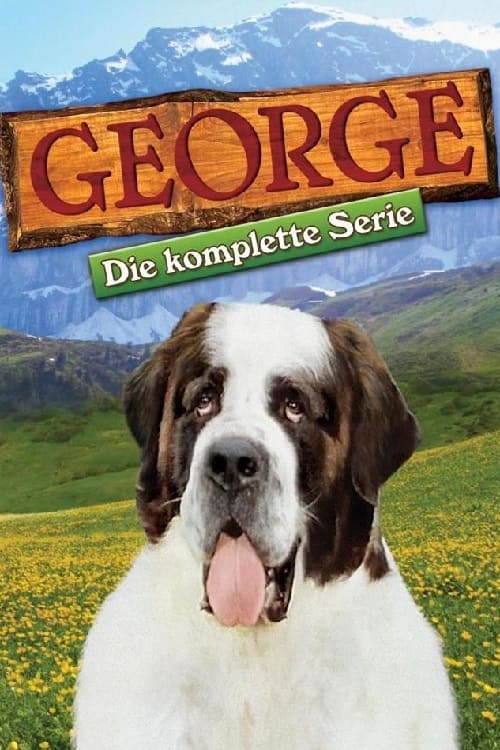
George
George was a Swiss-Canadian television series which aired on CTV on Thursday evenings in 1972-73. The series was based on the 1971 film George!, about the adventures of a St. Bernard dog and his owner who live in Switzerland. Marshall Thompson starred in both the film and the resulting half-hour series. The series made its CTV debut in a Thursday evening time slot on 16 September 1972. However, George ended in 1973 after its only season. The Globe and Mail's Blaik Kirby considered the program to be "abysmal". Despite its short run and mixed critical reaction, the series was rerun on CTV affiliates for years afterwards, usually to fill Saturday morning schedules.
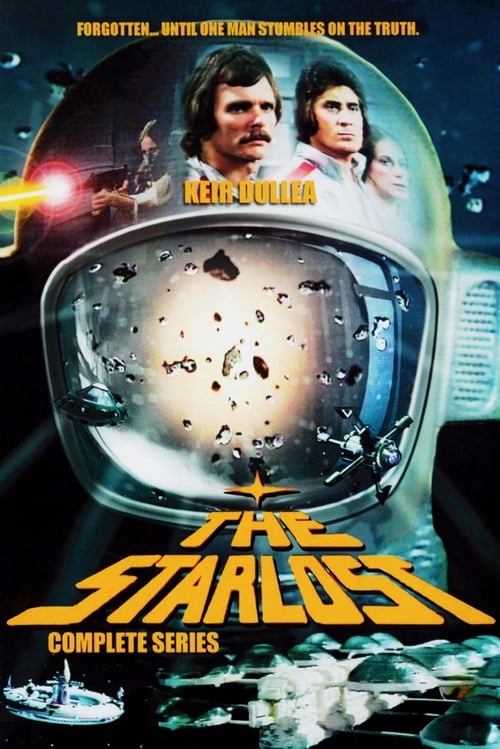
The Starlost
A huge generational colony spacecraft called The Ark has gone off-course. Many of the descendants from the original crew and colonists are unaware that they are aboard a ship.
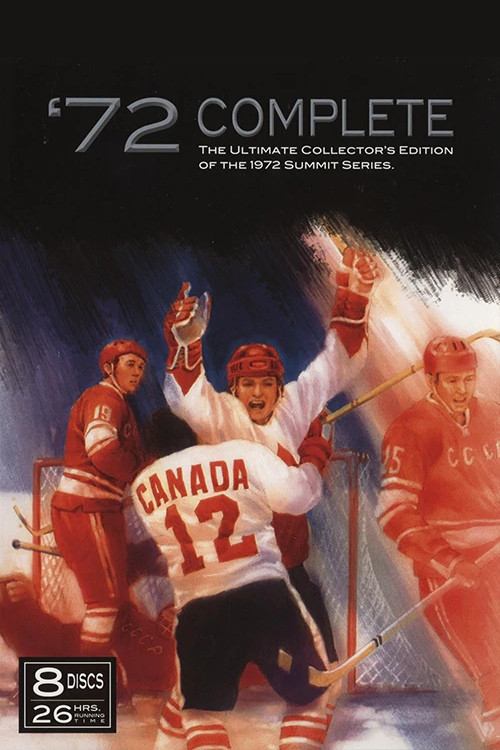 0
0'72 Complete: The Ultimate Collector's Edition Of The 1972 Summit Series
In 1972, an NHL all star team and the national team of the USSR played an exhibition series for national pride.

The Amazing World of Kreskin
Kreskin, also known as The Amazing Kreskin, is an American mentalist who entertained studio audiences with this TV series from 1972 to 1975. It was broadcast throughout Canada on CTV and distributed in syndication in the US. The series was produced in Ottawa, Ontario at the CJOH-TV studios.
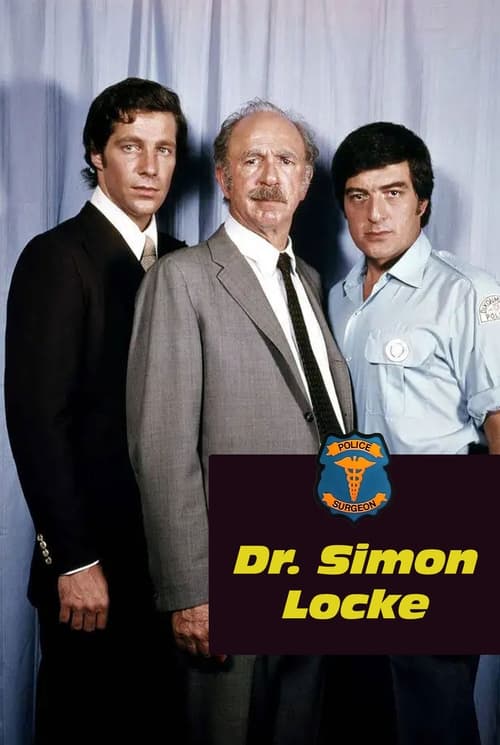
Doctor Simon Locke
Doctor Simon Locke was a Canadian medical drama The series was initially a medical drama that originated from the fictional rural town of Dixon Mills, where a young physician, Dr. Simon Locke, arrived in town to assist veteran physician Dr. Andrew Sellers. The plot lines were more fitting for a big city medical drama, including a typhoid epidemic, child abuse, and even a murder. In 1972 the series was renamed as Police Surgeon, where Dr. Locke moved back to the city and worked for the police department's emergency unit, where he assists the cops in solving crimes that require medical research.
 0
0The Ray Stevens Show
The Ray Stevens Show is an American variety series hosted by Ray Stevens that aired on NBC in the summer of 1970.
 0
0Juno Awards
The Juno Awards, more popularly known as the JUNOS, are awards presented annually to Canadian musical artists and bands to acknowledge their artistic and technical achievements in all aspects of music. New members of the Canadian Music Hall of Fame are also inducted as part of the awards ceremonies.
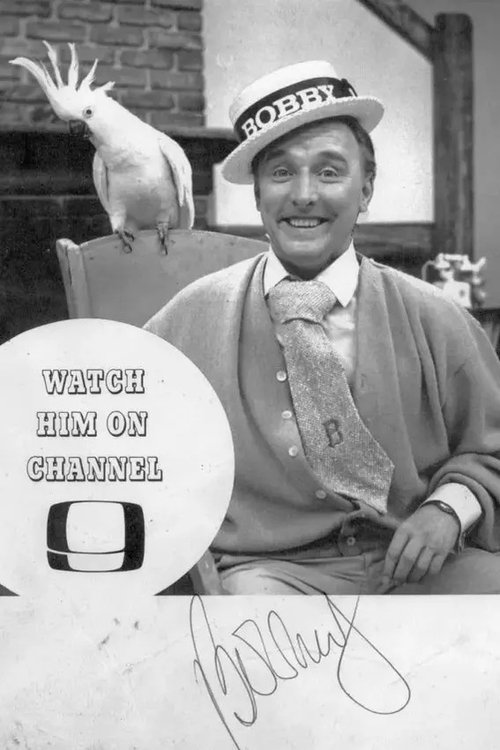 0
0The Uncle Bobby Show
"Uncle Bobby" aired from 1964 to 1979 on CFTO-TV in Toronto, starting locally before briefly joining the CTV Network. Starring Bobby Ash, a former UK comedian and clown, the show featured puppets and guests like Bimbo: The Birthday Clown and various performers. Produced at CFTO's Channel Nine Court studios, it became known for Uncle Bobby's catchphrase, "MMMM...BOBBY'S HERE!!!" Engaging kids as "bobbysoxers," it transitioned to "Kid's Corner" in 1979, continuing as a syndicated Saturday morning program.
 0
0Your Morning
Your Morning delivers original perspectives and unique insights into the headlines of the day.
 0
0The New Kreskin Show
Kreskin, also known as The Amazing Kreskin, is an American mentalist who entertained studio audiences with this TV series from 1975 to 1977. It was broadcast throughout Canada on CTV and distributed in syndication in the US. The series was produced at the studios of CFTO-TV in Toronto.
 0
0